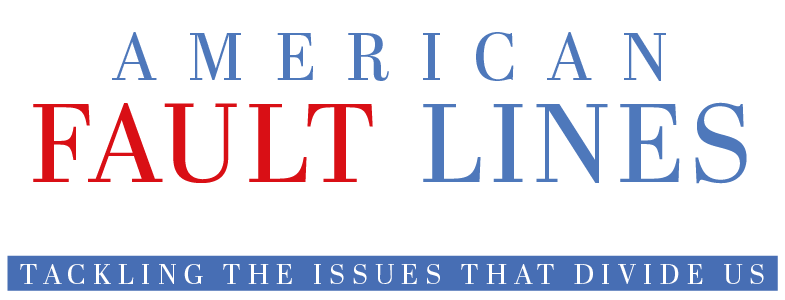Internet.com (April 4, 2001)
One hundred billion.
That's how many opt-in, or permission, emails American will receive this year. Throw in another 62 billion spam messages and you're talking an awful lot of email.
Those figures, from market research firm eMarketer, give some idea why email marketing is getting so much attention these days.
But the numbers also speak volumes about the looming danger of email overload -- especially when you consider that opt-in email alone is expected to more than double by 2003.
"In general, people get too much email," says David Soklolic, vice president of Marketing for Gizmoz, an
email solution provider. "[Email overload] is a danger for the whole industry."
To cut through the noise, many marketers are turning to rich media alternatives. But the technology brings a host of new issues. As discussed in last week's Turboads.com story, technology solutions providers are employing a combination of sniffers, compression and text-based alternatives with embedded links to deal with the fact that 95 percent of Americans are still using a dial-up connection.
Seeing is believing
But even when these smart solutions are able to serve up emails people can actually <I>see</I>, there is another challenge: Getting consumers to look at the messages before they are deleted.
"The good news is that everybody can see these messages," adds Blair Lyon, CEO of TMX Interactive. "The issue is, 'How many get to see them instantaneously inside your email?'"
Americans have a notoriously short attention span and few consumers have the patience to sit waiting while something they know is a sales pitch downloads into their email client.
To ensure users don't delete the message even before it is loaded, many companies are seeking ways to avoid plug-ins, which require a step many consumers are not willing to take.
"The upside of rich media is delivery," says David Soklolic, vice president of marketing for Gizmoz. "The downside is having to work with plug-ins."
Playing with Gizmoz
Gizmoz's solution is to require a single download of their tool which then automatically feeds all opt-in emails from their customers into a separate program where they wait until the user chooses to view them. That approach eliminates the problem of in-boxes crowded with ad-based emails, but assumes the consumer actually <I>will</I> periodically check his or her "Gizmo" for ad messages.
Most other leading solutions stick to the in-box, but all are designed to get eyeballs on the message as fast as possible.
"On a 56.6k line, you're going to start downloading graphics within five seconds and the media should start playing within 15 seconds," says Radical Communications co-founder Chris Donaldson of his RadicalMail solution, which requires a 46K download.
"By making sure the graphics start to come in quick, they know something is coming down the pipe and when it comes, it hasn't been a two-minute long experience waiting for it to happen," he adds.
Anyone who has ever looked at a blank window in an email client knows the importance of getting content in place before the consumer hits delete.
"Sixty percent of the population can see our messages instantaneously," cliams Blair Lyon, CEO of TMX interactive. "We track against who gets to see it instantly, who gets to see it through a link and who just sees text."
Use some marketing savvy
But even as they extol the virtues of rich email, the people who provide the technology caution that not every email campaign requires rich media.
"It's not always appropriate," says Donaldson. "Sometimes you only want to send text messages. Rich media is generally received very well, but it would be foolhardy to say it should be used all the time."
And when it <I>is</I> the right solution, they say, it must be <I>used</I> right.
"In the rich media space a lot of people have been oversold on what it's all about," says TMX's Lyon. "It's not necessarily about opening my email and having a hologram just out."
RadicalMail recently handled a campaign for restaurant directory Zagat that allowed recipients to view products, shop and conduct a credit card transaction all within the email client.
"If you're going to use rich media to communicate with me, it better not just be a TV commercial," says Lyon of TMX. "I'm ready, I've got my mouse in hand. Give me the capability to make decisions within the email. Don't just say, 'click on this link' and send me to get lost in a website."
Still, with less than a third of their intended audience actually able to see their rich message (see last week's story), email technology providers know they still have their work cut out for them.
Sometimes it must seem to rich emailers that they face hurdles at every turn: The world's largest email delivery vehicle, AOL, strips Java script. HTML-based email providers block most rich media. And many consumers have Java script disabled in Microsoft Outlook and other email clients -- all of which means either the rich media messages default to text or they don't get through at all.
"Because there's this wide variety of email clients out there, what we're looking to do is provide some additional options asking consumers [during the opt-in process] whether they would like to receive messages as text or html and asking what they're email client is," says Scott Altman, director of marketing communications for Mindarrow, another rich email provider.
But, the catch is, many consumer simply don't know much about their computer.
"Could we do it better?" asks Donaldson of Radical Communication. "Of course, that's the challenge that faces all of us. You've got to keep your eye on the ball."


